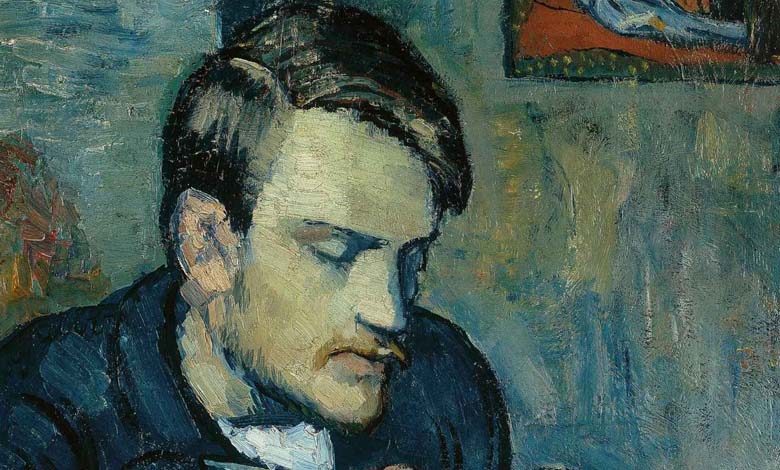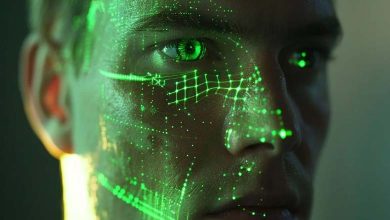The Image of a Mysterious Woman Appears Beneath a Picasso Painting

Nearly 125 years after Pablo Picasso painted the portrait Mateu Fernández de Soto in 1901, advanced imaging techniques have uncovered a hidden image beneath the artwork.
According to Forbes magazine, the concealed image reveals a woman with distinct features, including clearly visible fingers, sloping shoulders, and hair styled in a chignon—a common hairstyle for women in early 20th-century Paris.
-
Sale of ‘Woman of the Hour’ painting.. Picasso’s second most expensive work
-
Picasso painting recovered after being stolen for more than nine years
This discovery was made using infrared and X-ray imaging techniques, which allowed art conservators to examine the upper layers of the painting and unveil this previously invisible figure.
This artwork was created at the beginning of Picasso’s Blue Period and depicts his sculptor friend, Mateu Fernández de Soto, in a pose emphasizing his hands. However, the hidden image provides insight into Picasso’s creative process, as artists of that time often reused canvases due to financial constraints.
-
Napoleon’s hat for sale at auction with expectations of achieving a high figure
-
The truth behind Dior’s separation from Bella Hadid due to Gaza
While the identity of the woman remains unknown, she could have been a model, a friend, or even a lover—perhaps posing for one of Picasso’s depictions of Parisian nightlife or a melancholic woman sitting in a bar, themes he explored during this period.
These findings highlight the increasing role of technology in art conservation, offering new perspectives on the layers of historical works and revealing hidden aspects of artists’ lives and creative processes.
-
Van Gogh’s “piles of wheat” in auction with expected price of 20 million dollars
-
After the discoloration of the waters in Venice… What are the “guidelines” for environmental protest?
Further analyses continue to uncover additional details about the woman in the hidden painting, though her full identity may never be determined.
It is worth noting that Picasso’s Blue Period, characterized by its somber, monochromatic tones, was heavily influenced by the suicide of his close friend Carles Casagemas. This tragedy led to a shift from his colorful Impressionist style to a more melancholic palette dominated by blues and greens.
-
Resolving the British shipwreck puzzle 200 years later
-
Investigations Rule out Liam Payne’s Suicide and Charge Three Individuals
The portrait Mateu Fernández de Soto is part of the upcoming exhibition From Goya to Impressionism: Masterpieces from the Oskar Reinhart Collection at The Courtauld Gallery, where the hidden image will be showcased as part of this groundbreaking discovery in art history.












